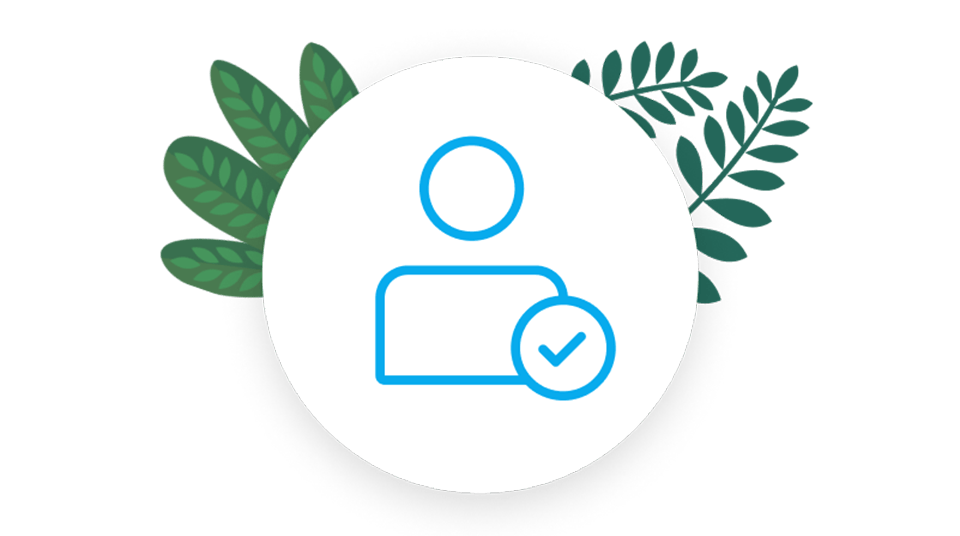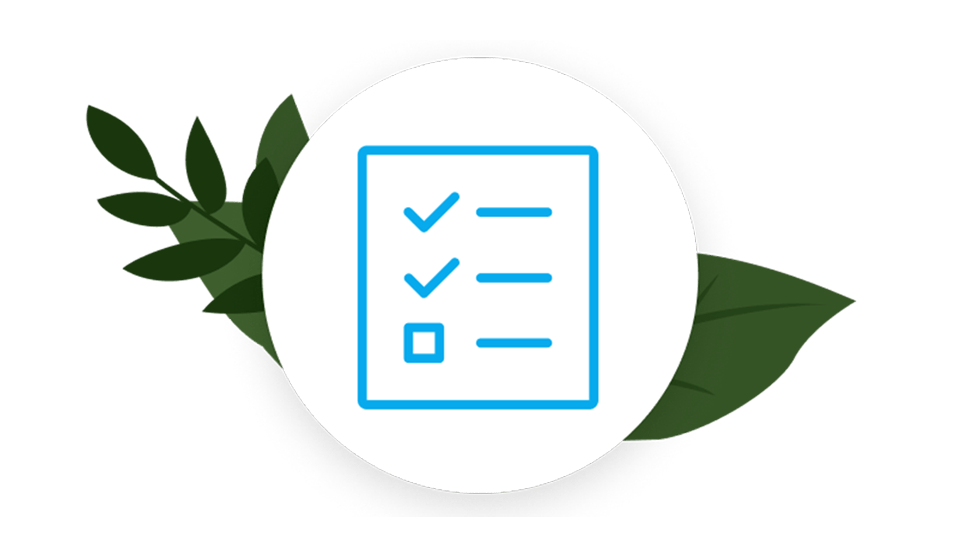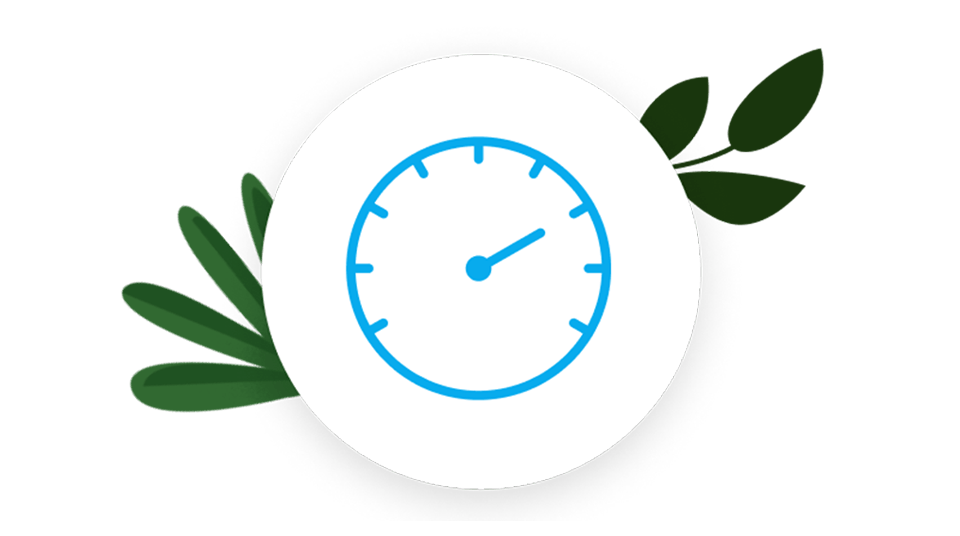Accelerate your learning at a pace that’s comfortable for you – any time, anywhere.
Course descriptions
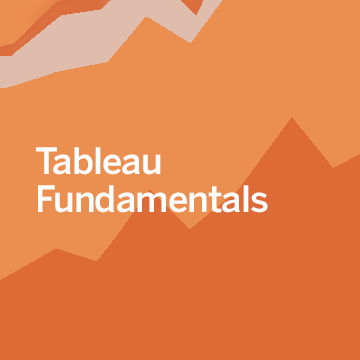
Tableau Fundamentals
In this course, you will acquire the fundamental skills for analysing your data in Tableau. You’ll learn to connect to and customise data sources, including live data and in-memory extracts; edit field metadata and group fields; apply sorting and filtering techniques; and compare subsets of data using sets. You’ll work with multiple data sources by using relationships, joins, unions and blends.
You’ll use fields to build essential charts, including bar and line charts, text tables and highlight tables, bar-in-bar charts, axis charts, scatter plots and maps. You’ll write calculations to customise data and apply table calculations to a view.
Using analytics features, you’ll add reference lines and show distributions of data, and you’ll create parameters to help users explore data in the view. To present insights, you’ll build interactive dashboards and data stories that guide specific data analysis. Then, you will share workbooks and publish your content on Tableau Cloud or Tableau Server.
Time estimate:
30-40 hours
Prerequisites
None
Continuing education credit hours: 30
Learning objectives
At the end of this course, you will be able to:
- Connect to your data and customise a data source.
- Create a data extract.
- Edit metadata; create groups and hierarchies in field data.
- Sort and filter data.
- Use sets to compare data subsets.
- Use the Tableau workspace to create visualisations.
- Build a range of essential chart types for analysis.
- Create basic calculations, including arithmetic calculations, custom aggregations and ratios; and use quick table calculations.
- Apply analytics using reference lines and box plots.
- Create parameters to help users dynamically modify values.
- Combine data sources by creating relationships, joins, unions and blends.
- Build interactive dashboards and stories to reveal data insights.
- Export content, publish workbooks and download published content.
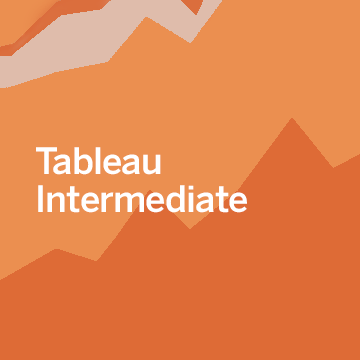
Tableau Intermediate
In this course, you’ll take your Tableau data analysis skills to a new level. Bolstering your abilities to prepare data, you’ll learn to restructure data using Data Interpreter, pivots and splits. To work with multiple data sources, you’ll blend data sources that lack a common field and join tables using calculations. Strengthening your filtering skills, you’ll use context filters to analyse subsets of data and filter across data sources in dashboards.
You’ll gain analytical prowess by aggregating dimensions in calculated fields, customising table calculations and using level-of-detail (LOD) expressions to do cohort analysis. To achieve more with analytics, you’ll create advanced parameters and you’ll learn to show data trends and forecasts. To boost your mapping skills, you’ll use custom geocoding and background images. For robust and customised dashboards, you’ll create navigation buttons, work with layout containers and create custom colour and shape palettes.
Not least, you’ll become adept at managing the content you have published, including data sources, extracts and Prep flows, while also learning how to create subscriptions and set alerts on published views you want to track.
Time estimate:
20-25 hours
Prerequisites
Tableau Fundamentals and/or equivalent experience.
Continuing education credit hours: 20
Learning objectives
At the end of this course, you will be able to:
- Prepare data using Data Interpreter, pivots and splits.
- Use context filters to analyse subsets of data.
- Blend data sources without a common field.
- Write join calculations.
- Use aggregate dimensions in calculated fields.
- Customise table calculations using dialogue box options, and write table calculations in the calculated field editor.
- Apply a FIXED LOD calculation to analyse data in cohorts.
- Make projections using trend lines and forecasts.
- Create a parameter that enables users to swap views to analyse measure data.
- Implement advanced geographical mapping techniques, and use custom images and geocoding to build visualisations of non-geographic data.
- Add navigation buttons to dashboards.
- Filter across data sources in dashboards.
- Use layout containers to build professional and efficient dashboards.
- Customise colour and shape palettes for marks.
- Publish and manage data sources, extracts and Prep flows.
- Create subscriptions and alerts to track published data.
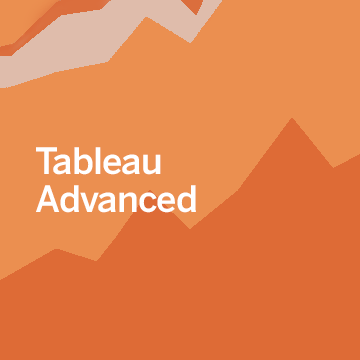
Tableau Advanced
In this course, you will acquire advanced analytical skills and chart-building techniques in Tableau. You’ll reinforce your calculations knowledge, then explore the LOD expressions INCLUDE and EXCLUDE. Learn the use of customised table calculations and the purpose of a Pareto chart. To expand your range of analysis, you’ll create sparklines and control charts to show time-based data; cycle plots to show seasonality trends; hexbins to map dense data; and geospatial maps that plot shapes using spatial files. Additionally, you’ll use context filters to guide analysis within a dashboard.
Time estimate:
10+ hours
Prerequisites
Tableau Fundamentals and Tableau Intermediate, and/or equivalent experience
Continuing education credit hours: 10
Learning objectives
At the end of this course, you will be able to:
- Apply advanced calculations to gain additional insight into your data.
- Incorporate advanced chart types into your analysis.
- Apply advanced dashboarding techniques.
- Use calculations, parameters and table calculations in tandem.
- Use Tableau techniques to address common business use cases.
- Format your visualisations and dashboards for maximum impact.
- Explore real-world business scenario examples.
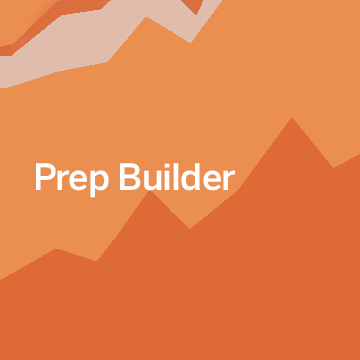
Prep Builder
This course will provide you with the tools and knowledge to clean, shape and combine data using Tableau Prep Builder. You’ll learn how to go from data preparation to creating useful Tableau Prep Builder flows that output your data for analysis in Tableau Desktop and Tableau Server or Tableau Cloud. Finally, apply everything you’ve learned in an end-to-end capstone project using a complex, real-world scenario.
Time estimate:
14 hours
Prerequisites
For a hands-on introduction to Tableau Prep Builder, we recommend this course from our learning paths: Getting started with Tableau Prep Builder.
Continuing education credit hours: 14
Learning objectives
At the end of this course, you will be able to:
- Connect to, clean and output your data for analysis in Tableau Desktop and Tableau Server or Tableau Cloud.
- Apply cleaning operations, create calculations and edit incorrect field values singly or in groups, replacing values manually or using built-in algorithms to address data issues.
- Build data prep flows to address common scenarios, such as the need to combine data using joins and unions, and reshape data using pivots and aggregations.
- Validate your data preparation work in Tableau Prep Builder and in Tableau Desktop.
- Configure and use Tableau Prep Builder's data sampling functionality.
- Design a complex flow, end-to-end, applying the range of cleaning techniques available, for a real-world scenario.
